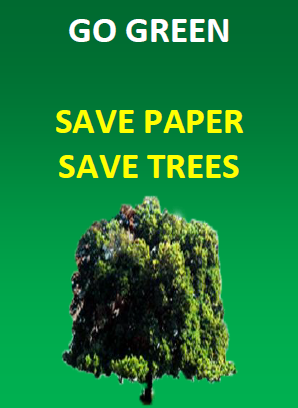
e-ISSN 2320-2955, p-ISSN 2249-2569, ISBN 978-81-909047-9-7
INTERNATIONAL RESEARCH JOURNAL OF HUMANITIES,
ENGINEERING & PHARMACEUTICAL SCIENCES
(An International Registered Research Journal) - Now IJHEPS Recommended By International Committee of Medical Journal Editors, USA
- Now IJHEPS Recommended By International Committee of Medical Journal Editors, USA
| PHARMACY | |
|---|---|
| Title | TRACHEIDS IN BULBS OF URGINEA INDICA KUNTH |
| Authors | S.K.Hemalata, M.N. Shiva kameshwari & K.J. Tharasaraswathi |
| Page No | 101-105 |
| Code | Int./JUNE14/PH803 |
| Affiliation | Bangalore University, Bangalore, INDIA |
| Abstract | Urginea indica is called Indian Squill. It belongs to family Liliaceae. It consists of around 100 species. In India, it is found throughout the plains and in the dry hills of the lower Himalayas . It is found in remote and difficult terrain and in slopes. Its uses as medicine dates back to sixth century before Christ, e.g; Oxymel of Squill, used for coughs, was invented by Pythagoras. The usefule parts are bulbs. These are excellent source of medicine with biocidal applications such as it is used as anticancer drug, for infectious diseases, pains and inflammation, common ailments. In the present studies we found the presence of maximum and clear annular and spiral thickenings in bulbs of different populations of U. indica indicate the primitive nature of xylem in bulbs which we recorded in different populations of U.indica. Presence of mostly annular and spiral thickenings in bulbs of U.indica supports another fact that aerial leaves appear only during wet season and is short lived. As in Onions, the bulbs of Urginea also show the succulent leaves and bulbs conduct relatively slow but show conductive safety the presence of trachieds. Presence of primitive thickenings in xylem of bulbs of Urginea indica support the slow and low requirement of conducting elements and the development of trachieds help the bulbs , and its succulent leaves to survive in long dry periods. The maceration material of five different populations of Urginea indica is invariably showing spiral and annular thickenings with few scalariform thickenings. Thus in absence of foliage , flower and fruits the bulbs survive with their succulent storage leaves with minimum conduction in even dry seasons. Presence of primitive thickenings |
| Paper | Download |









